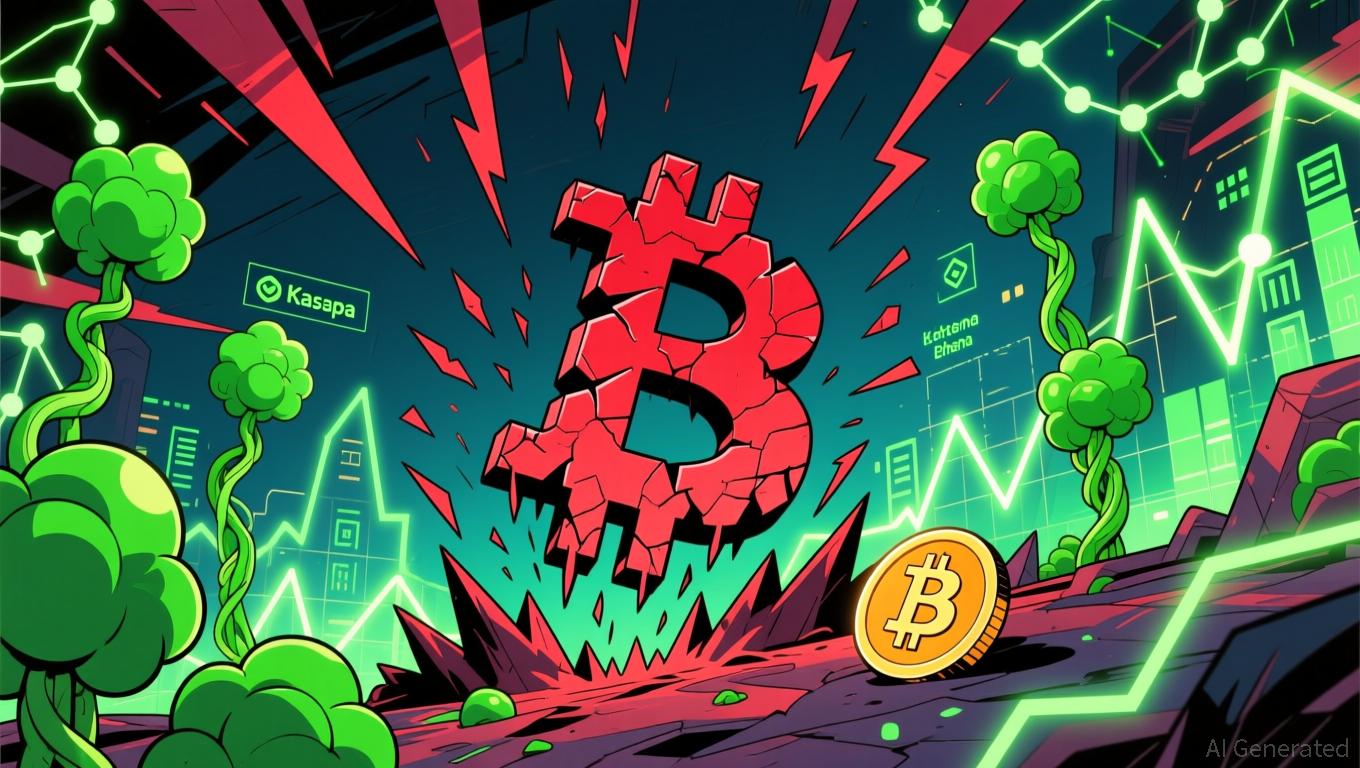Are miners now net accumulators? Marathon adds 400 BTC after the crash
Bitcoin (BTC) miner MARA Holdings purchased 400 BTC for approximately $46 million on Oct. 13, capitalizing on the market collapse three days earlier while most miners remained defensive.
The acquisition increases MARA’s Bitcoin treasury to 53,250 BTC, valued at over $6 billion at current prices, according to Bitcoin Treasuries data.
The timing reveals a strategic calculation. MARA disclosed 52,850 BTC on Sept. 30 and deployed capital into the Oct. 10-11 washout when spot prices offered post-cascade discounts.
The company reported holding over $5 billion in liquid assets in the second quarter, providing flexibility to execute tactical buys during volatility that typically forces smaller operators to liquidate.
Hashprice creates selective pressure
Hashprice is the US dollar-denominated revenue per unit of hashrate. The metric entered a lower regime following last year’s halving and deteriorated further into October as network difficulty climbed while spot prices declined.
Early October hashprice hovered near $50 to $51 per petahash per day, compressing margins for higher-cost mining fleets.
Additionally, network difficulty reached record levels ahead of the crash, creating a profitability squeeze that explains MARA’s contrarian positioning.
Scale miners with efficient operations and deep balance sheets can view depressed hashprice environments as favorable for inventory accumulation rather than forced selling.
The hashprice backdrop also clarifies why MARA could add coins while peers managed liquidity defensively.
When mining economics tighten, treasury decisions become balance sheet tests, as operators either have the cash reserves to ride through thin margins or must monetize production to cover operational expenses.
Recent disclosures from major miners reveal a split between opportunistic accumulators and routine monetizers, with the latter funding capital expenditures.
Riot Platforms produced 445 BTC in September and sold 465 BTC for roughly $52.6 million, executing standard treasury management to finance operations and infrastructure expansion.
The company held 19,287 BTC as of month-end, maintaining a substantial reserve while converting marginal production to cash for growth funding.
CleanSpark reported 629 BTC produced in September with 13,011 BTC held as of Sept. 30, demonstrating a sizable on-balance-sheet buffer despite tightening profitability.
The company has maintained its inventory levels through the hash price compression while continuing operations.
Bitfarms sold 1,052 BTC in the second quarter at an average price of nearly $95,500 to fund expansion, holding 1,402 BTC as of Aug. 11.
Core Scientific, reallocating resources toward high-performance computing, maintained approximately 1,612 BTC in its treasury as of October.
These positions illustrate sustained miner-led spot supply from operators financing growth through steady Bitcoin sales, contrasting with MARA’s accumulation strategy.
Additionally, on-chain data shows that miners’ selling pressure is contained throughout October.
CryptoQuant’s miner-to-exchange series shows the 30-day correlation between price and miner flows turned negative in October, indicating miners weren’t reflexively selling into strength.
Post-crash spot supply from miners remained contained relative to previous drawdowns. ETF inflows and discretionary demand faced less miner overhang to absorb during the rebound, and the notable buyer was a miner itself rather than institutional or retail capital.
This pattern breaks from historical cascades where distressed mining operations amplified selling pressure.
The combination of stronger balance sheets across major miners and selective accumulation from well-capitalized players, such as MARA, altered the supply dynamics that typically accompany volatility events.
MARA’s treasury strategy reflects confidence in long-term Bitcoin appreciation exceeding the opportunity costs of capital deployment.
With over $6 billion in Bitcoin holdings and substantial liquid reserves, the company has positioned itself to capitalize on market weakness while maintaining operational flexibility through hashprice compression.
The recent Bitcoin purchase validates a thesis that scale, efficiency, and balance sheet strength now determine which miners can act as net accumulators during drawdowns versus which must monetize production regardless of spot conditions.
The post Are miners now net accumulators? Marathon adds 400 BTC after the crash appeared first on CryptoSlate.
Disclaimer: The content of this article solely reflects the author's opinion and does not represent the platform in any capacity. This article is not intended to serve as a reference for making investment decisions.
You may also like
Bitcoin News Update: Growing Optimism Faces ETF Withdrawals: The Delicate Balance of Crypto Stability
- Crypto markets show fragile stabilization as Fear & Greed Index rises to 20, but Bitcoin remains 30% below October peaks amid $3.5B ETF outflows. - Stablecoin market cap drops $4.6B and on-chain volumes fall below $25B/day, weakening Bitcoin's liquidity absorption capacity. - Select altcoins like Kaspa (22%) and Ethena (16%) gain traction while BlackRock's IBIT returns $3.2B profits, signaling mixed institutional confidence. - Technical indicators suggest tentative support at $100,937 for Bitcoin, but So

BCH Rises 0.09% as Momentum Fuels Outperformance
- BCH rose 0.09% in 24 hours but fell 4.22% in seven days, yet gained 22.72% annually. - It outperformed its Zacks Banks - Foreign sector with 0.66% weekly gains vs. -2.46% industry decline. - Earnings estimates rose twice in two months, boosting consensus from $2.54 to $2.56. - With a Zacks Rank #2 (Buy) and Momentum Score B, BCH shows strong momentum potential. - Annual 63.46% gains and positive revisions solidify its position as a top momentum stock.

DOGE drops 1.36% as Bitwise ETF debuts
- Bitwise launched the first Dogecoin ETF (BWOW) on NYSE, offering institutional-grade exposure to the memecoin. - DOGE fell 1.36% in 24 hours but rose 7.34% weekly, reflecting mixed short-term market sentiment. - The ETF aligns with growing institutional adoption and regulatory momentum for altcoins, despite a 52.35% annual decline. - Similar products like Bonk’s ETP and Ethereum upgrades highlight maturing crypto infrastructure and investor demand.

ZEC Falls 4.01% After Grayscale Submits Zcash ETF Conversion Application
- Zcash (ZEC) fell 4.01% in 24 hours as Grayscale files to convert its Zcash Trust into an ETF. - The ETF conversion aims to boost institutional exposure and regulated market access for ZEC. - ZEC shows 16.26% monthly gain and 736.04% annual rise despite recent 17.89% weekly drop. - Analysts highlight ETF approval could stabilize ZEC’s price and attract diversified investors. - The SEC’s decision on the ETF remains pending, shaping market perceptions and ZEC’s adoption trajectory.

